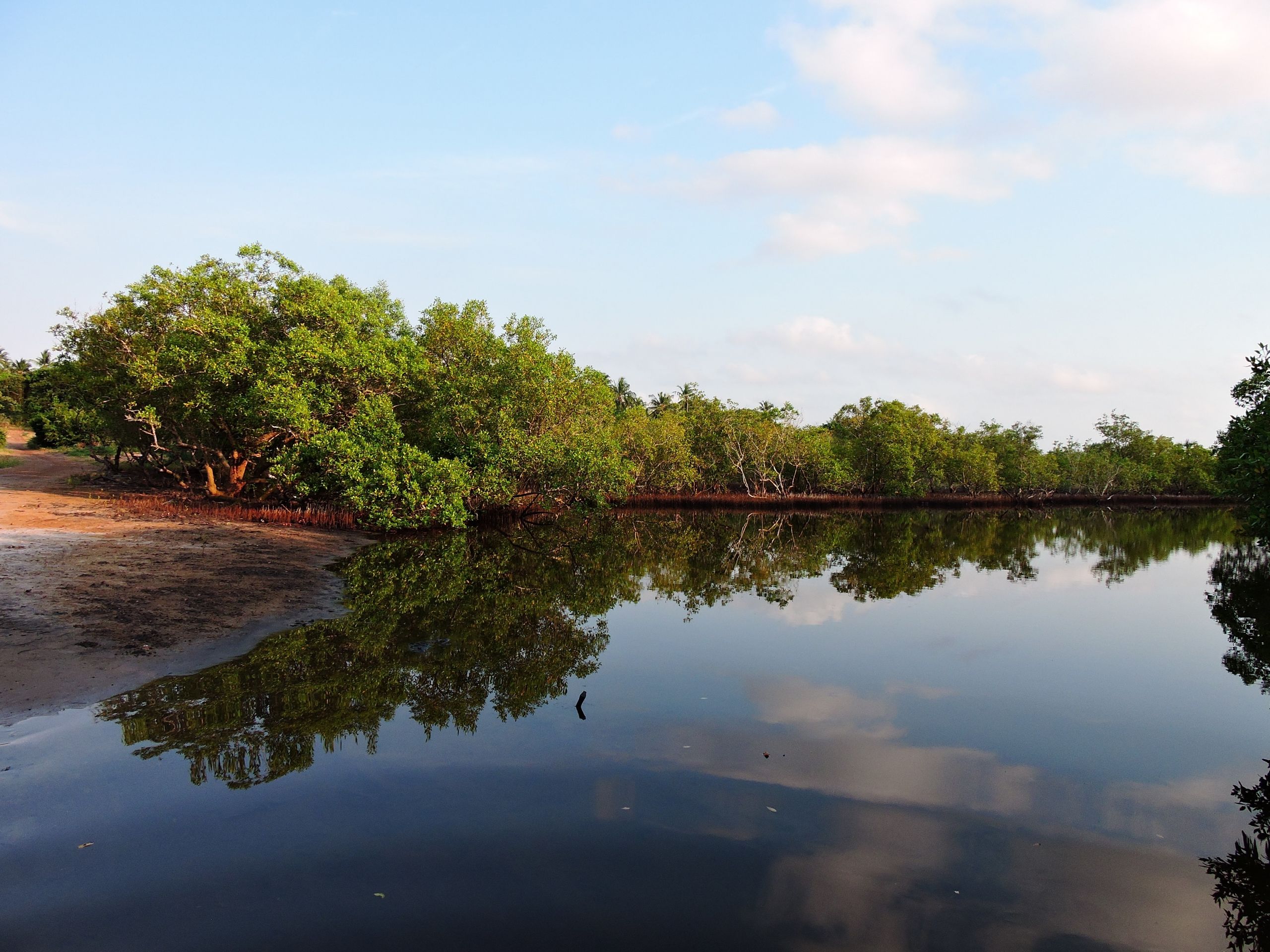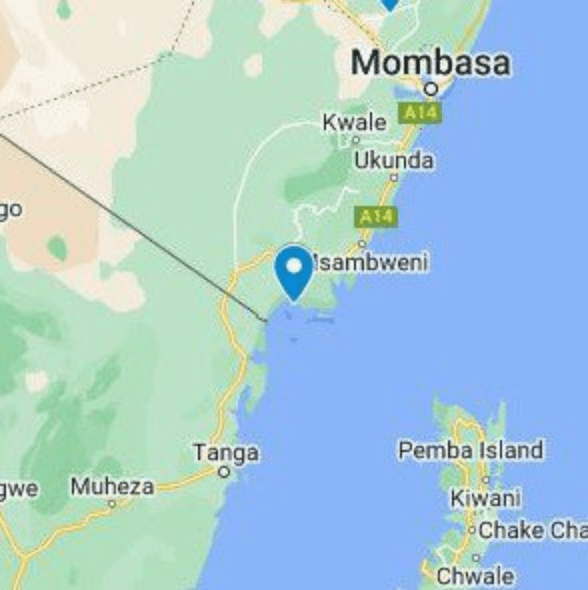Mikoko Pamoja stands as a beacon of hope, not just for our planet’s climate, but for coastal communities worldwide. As one of the world’s first ‘blue carbon’ credit projects Mikoko Pamoja safeguards 117 hectares of vital mangrove forest in Kenya, a critical ecosystem known for its exceptional carbon capture and storage capabilities. Beyond its climate benefits, Mikoko Pamoja brings extensive benefits to the local population.
This initiative, launched in 2014 under the Plan Vivo Standard, is more than just an environmental effort; it’s a testament to the power of community-led conservation. The project’s successful first five-year verification in 2019 serves as a symbol of its ongoing commitment to protecting our planet’s precious resources.
Benefits: Climate & Environment
Mangrove forests act as powerful carbon sinks, significantly outperforming terrestrial forests in capturing and storing atmospheric carbon dioxide. This impressive feat is thanks to two key factors:
Underground Carbon Storage: Mangroves store a large portion of their captured carbon below ground in their extensive root systems and the surrounding soil.
Limited Decomposition: The waterlogged and often oxygen-depleted environment around mangroves slows down the decomposition of organic matter. This allows the stored carbon to remain locked away for centuries, even millennia, if the ecosystem remains undisturbed.
Local communities have historically relied on mangrove forests for building materials and fuelwood. To address this dependence and ensure community support for the project’s long-term success, a separate initiative focuses on planting 4,000 fast-growing Casuarina trees annually. This local species provides a sustainable alternative resource, reducing pressure on the vital mangrove ecosystem. It’s important to note that these trees are not part of the carbon capture project and don’t contribute to the issuance of carbon credits.
Benefits: Social & Economic
Beyond carbon capture, Mikoko Pamoja delivers a range of ecological and social benefits. Mangroves act as natural buffers, protecting coastlines from erosion caused by waves and storms. Healthy mangrove ecosystems teem with life, providing critical nursery habitats for fish and shellfish, which in turn supports local fisheries.
The project also promotes sustainable income generation through activities like beekeeping and ecotourism, empowering communities and fostering a sense of ownership over conservation efforts.
Furthermore, funds generated by the project support essential community development projects, such as providing clean drinking water, school supplies, and even constructing new school buildings.


Project Updates
For insights into the project’s operational performance, check out the 2023 Annual Report.
Further project updates coming soon.
Project Verification


